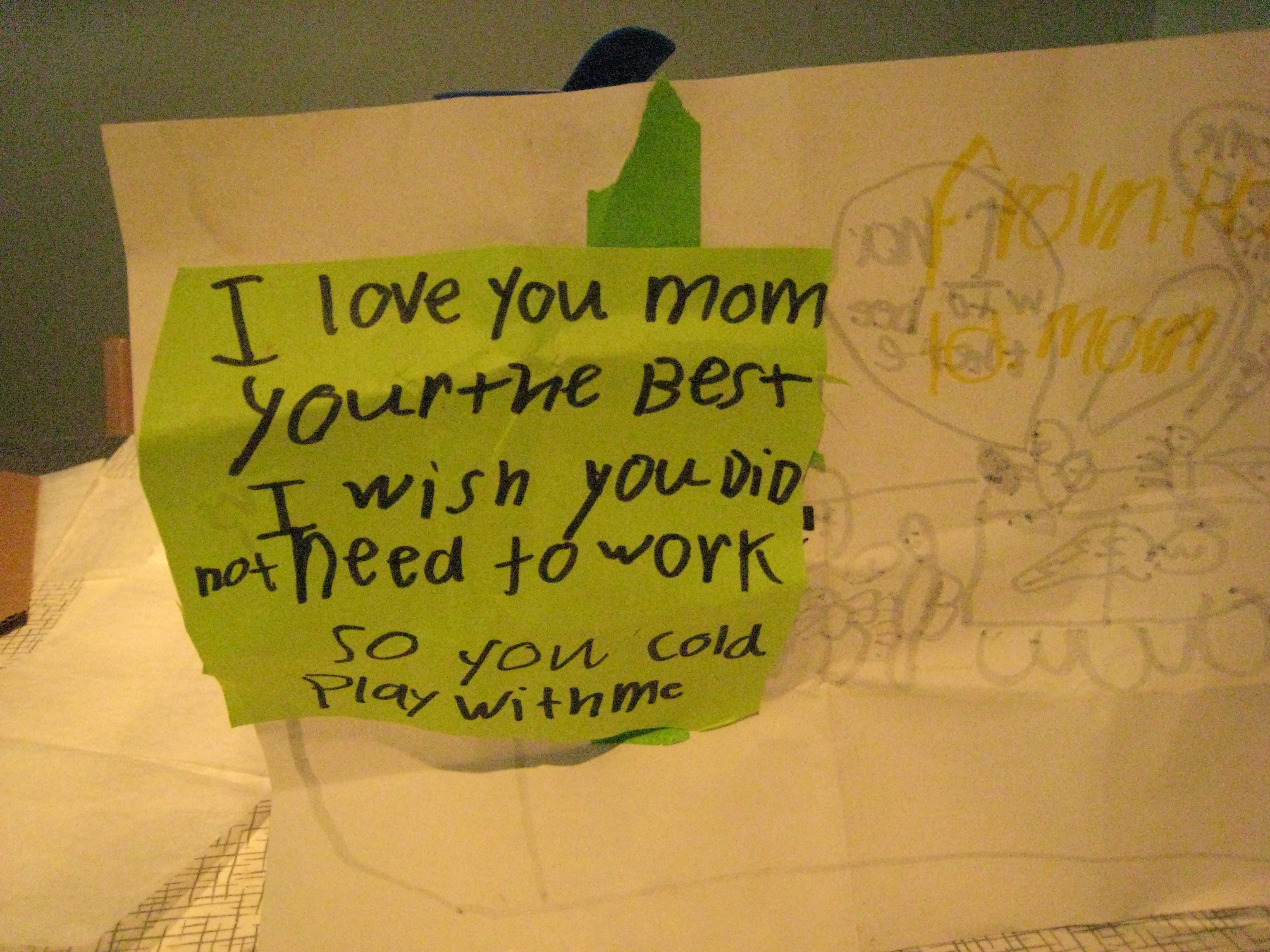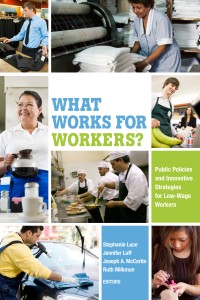
Television and movie relationships between a middle-aged woman and younger man, like those on TBS’s Cougar Town often appear glamorous and dramatic, but are they accurate depictions? Milaine Alarie and Jason Carmichael tell Pacific Standard that the stereotype of wealthy “cougars” who “have been able to surgically turn back time with their looks… or literally buy young men’s attention” is more a myth popularized by shows like Sex and the City than reality. First, they find in a survey of Americans that “roughly 13 percent of sexually active women between ages 35 and 44 had slept with a man who was at least five years younger,” meaning that sexual relationships between middle-aged women and younger men are not rare. The bigger surprise is that women sporting diamonds and Chanel are less likely to be in that 13 percent than low-income women are. Additionally, rather than a steamy fling, these relationships tend to be long-term, with most lasting at least two years. “[A] sizable share of ‘cougars’ are married to their younger partners.”
Media portrayals of a woman’s midlife crisis or frantic clamor to cling to youth do not represent most women’s experiences, highlighting a cultural problem: a stereotype like the “cougar” “encourages aging women to doubt themselves.” Alarie and Carmichael hope that dispelling the cougar myth will “motivate us to reflect on our society’s tendency to (re)produce sexist and ageist conceptions of women’s sexuality, and women’s value more broadly.”









